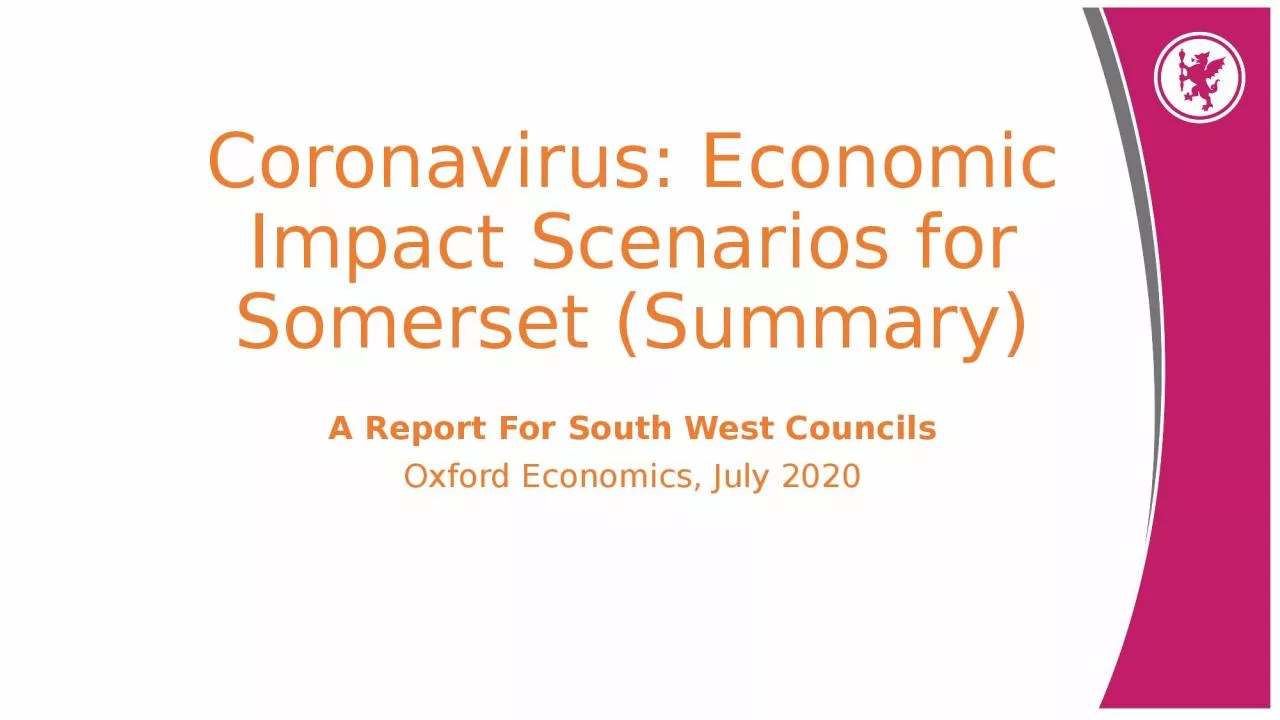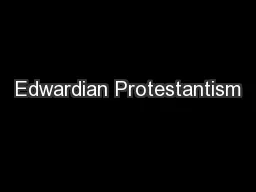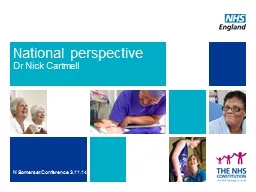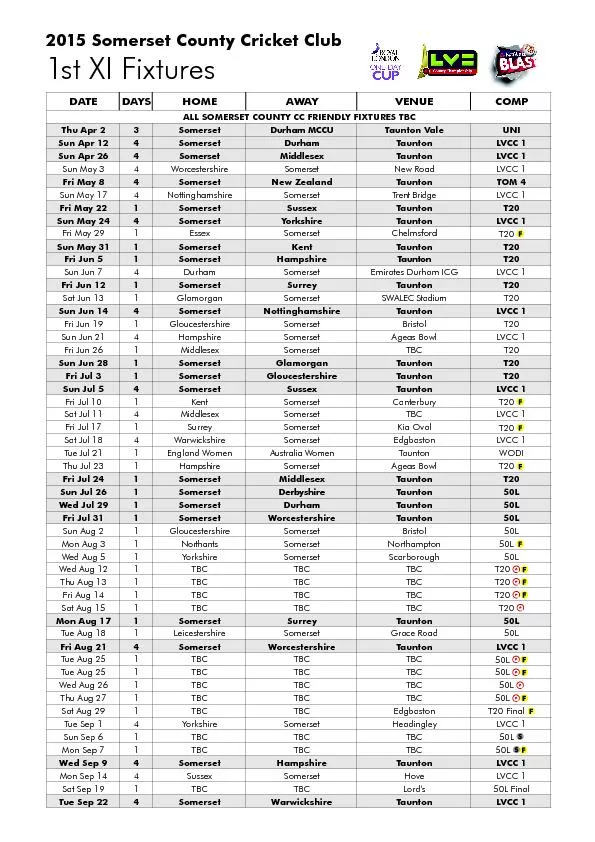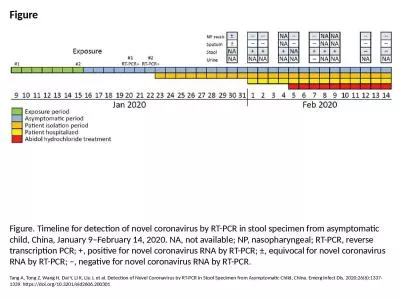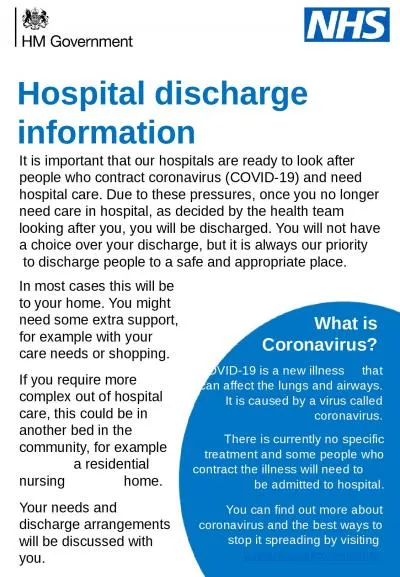PPT-Coronavirus: Economic Impact Scenarios for Somerset (Summary)
Author : elysha | Published Date : 2023-10-04
A Report For South West Councils Oxford Economics July 2020 Scenario Forecasts The following slides summarise material published by Oxford Economics on behalf of
Presentation Embed Code
Download Presentation
Download Presentation The PPT/PDF document "Coronavirus: Economic Impact Scenarios f..." is the property of its rightful owner. Permission is granted to download and print the materials on this website for personal, non-commercial use only, and to display it on your personal computer provided you do not modify the materials and that you retain all copyright notices contained in the materials. By downloading content from our website, you accept the terms of this agreement.
Coronavirus: Economic Impact Scenarios for Somerset (Summary): Transcript
Download Rules Of Document
"Coronavirus: Economic Impact Scenarios for Somerset (Summary)"The content belongs to its owner. You may download and print it for personal use, without modification, and keep all copyright notices. By downloading, you agree to these terms.
Related Documents

